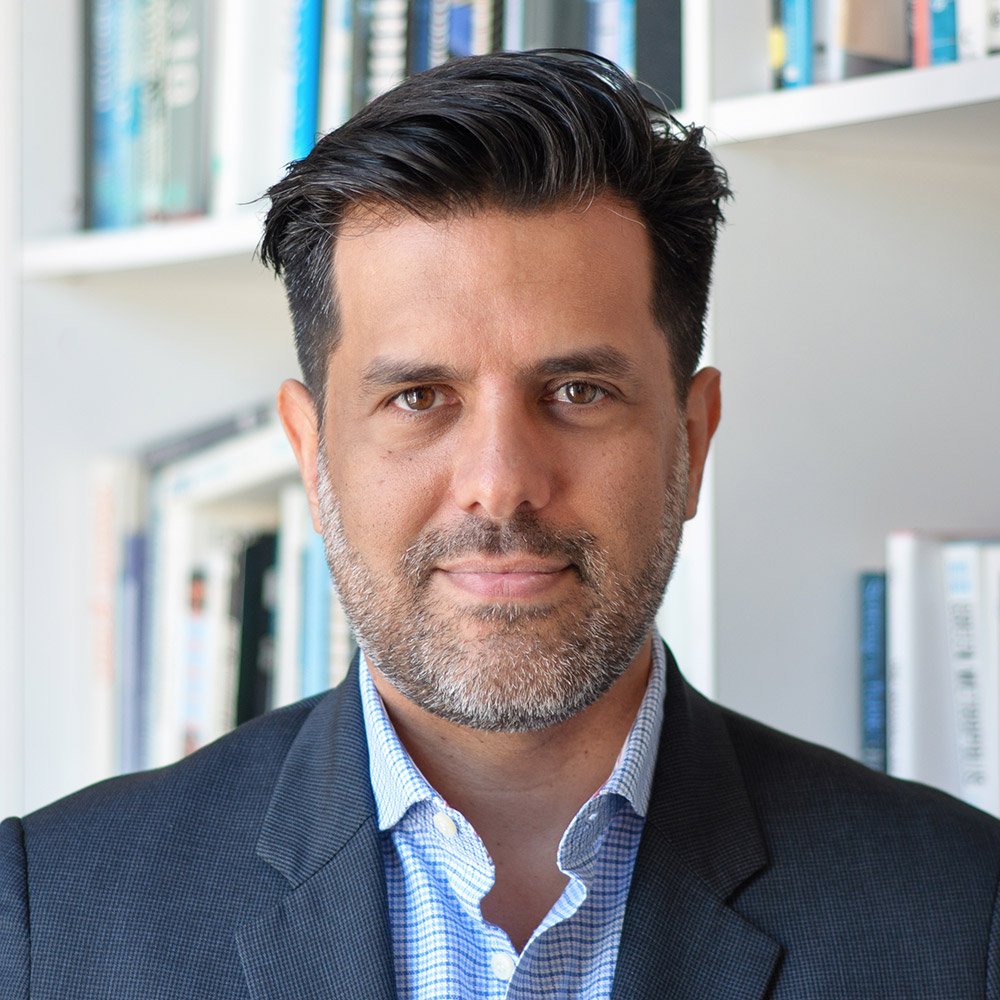by: AIA New York
Gustavo Rodriguez, AIA, is a Partner and Design Director at FXCollaborative, where he has led design on some of the firm’s most notable and sustainable projects including 1 Willoughby Square, The Forge, and the Javits Center revitalization. With years of experience designing projects of varying scales and typologies both in the U.S. and abroad, Rodriguez is passionate about working collaboratively to craft innovative buildings that enrich their context. While growing up in Santo Domingo, Dominican Republic, he fostered a fluid relationship between buildings and nature, something that still informs his approach to creating design solutions that are integrated with their environments. He views design as a force that enables us to reshape our relationship to the environment, fueled by advances in materials and technology, the programmatic richness of a project, and by a sensitivity to place that makes every building unique.
Rodriguez holds a M.S. in Design Technology from the Massachusetts Institute of Technology and a B.Arch. from the Universidad Nacional Pedro Henríquez Ureña, Dominican Republic. In 2022, he began serving on the AIA New York Board of Directors.
Q: Do you have a favorite building? Why?
I am an architect because of Frank Lloyd Wright’s Fallingwater. When I was a kid I saw an image of the house perched over the falls and was immediately drawn to it; bold abstract geometry cantilevering over nature. I imagined the water running under the house, streams through the living room. It was the first time I remember dreaming of a space. That vision of architecture and nature intertwined still drives my design ideas today and remind me that we don’t have to destroy nature to design.
Q: What are your greatest sources of inspiration?
There are 3 key things that inspire me when I am starting a project. In nature I find respite and refuge, but also weight, mass, materiality, and the geological forces and mathematical rules that shape our world. In art I find the importance of conceptual abstraction and rigor of process. Great artists create ideas not things, they abstract the world around us and distill it through their vision into its true essence. Finally, through Legos I learned the creative subversion of rules to generate unexpected design solutions. In all of these there is a clear relation between the forces and the result. It’s not a design whim, but the logical result of a series of constraints and external forces that shape the outcome.
Q: What is influencing your work the most right now?
The biggest influence for my work right now is the idea of Responsible Design. We need to design with a clear sense of responsibility towards addressing the triple challenges of climate change, social justice, and post pandemic realities. We as architects are responsible for designing the built environment where all these climate and social dynamics play out, so it is up to us to affect change through its design. It’s hard to break bad habits and recognize deep inherent prejudice in our profession, but we must push ourselves every day to be slightly better, even if we fail. Trying brings awareness and slowly generates change.
Q: What do you see as an architect’s role—and responsibility—within our culture?
The past two years have forever changed our world. They have radically transformed our reality, while in other ways they have simply accelerated the change that was already coming. As we emerge into this new reality it is vital we reconsider the role architects play in our society, how our profession must transform to respond to the new challenges that have emerged or long ignored ones that have been laid bare. We cannot pretend to go back to business as usual. We must embrace this as an opportunity to change the way we design buildings so they are more inclusive, resilient and environmentally responsive.
Q: What do you think are the biggest challenges, or opportunities, facing cities today?
We are still coming to terms with the long-term effects of Hybrid work. Will it be a glitch in time or a fundamental long-term change to how we work? This potential cultural shift is having a significant impact on how we view cities. We are seeing a shift from the central business district (that struggled through WFH and now hybrid work) to more distributed mixed-use districts that have a balance of residential and commercial uses. This allows neighborhoods to be more accessible, 24-hour communities with greater diversity and an ability to adapt as needs fluctuate. Aside from this, the ever-looming climate crisis has not gone away; any change to the city must start with addressing the climate and resilience challenge.













